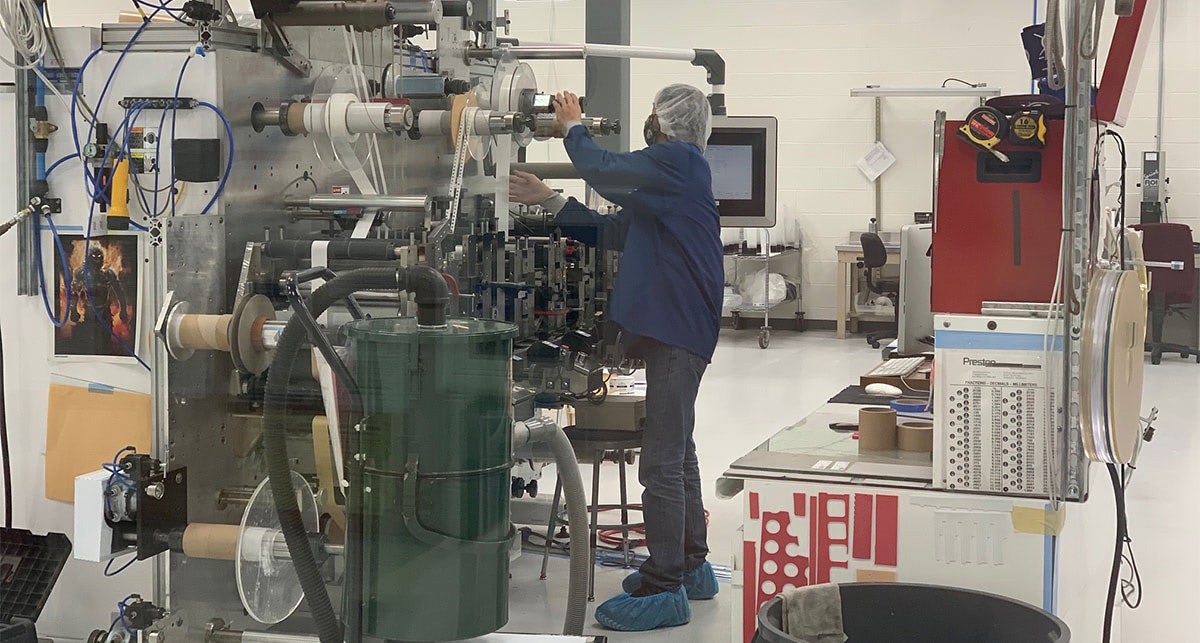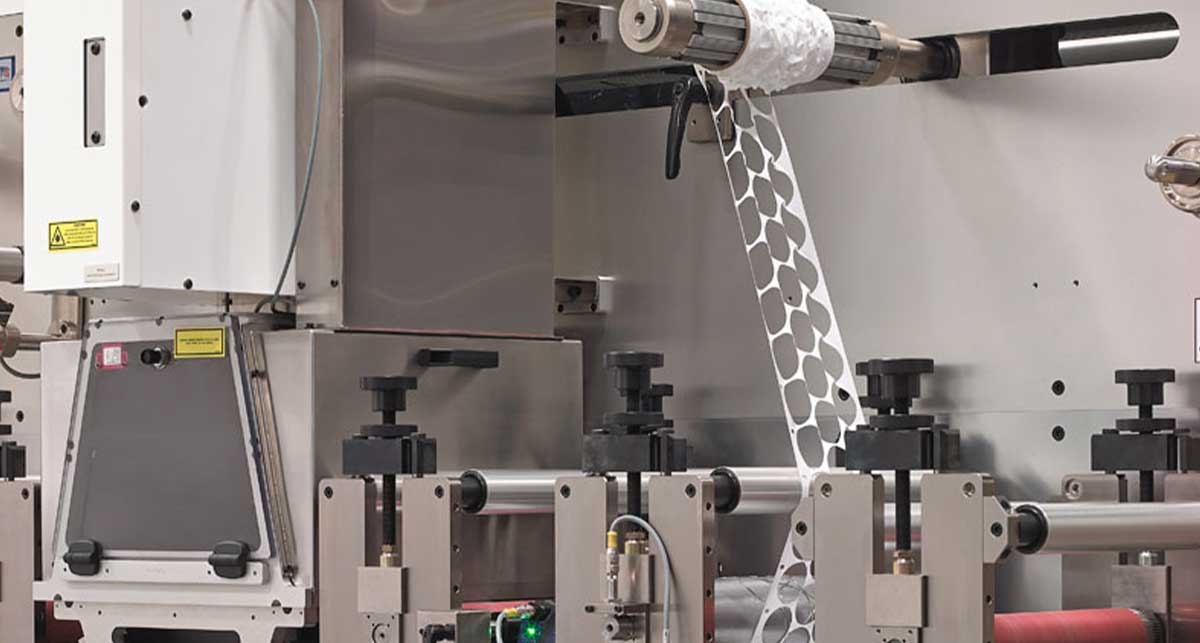Shuffling around on a carpet in the wintertime can be a dangerous game when you’re moments away from touching a doorknob, but not as dangerous as the repercussions of static shock on sensitive electronics.
Considering the effects of static electricity is essential when building high-powered devices. Electrostatic dissipative and discharge materials can control static charges and reduce the number of machine failures.
As a flexible material converter, Strouse has helped build products using ESD tape and other static-preventive materials. Read on as we explain your ESD material options and how to acquire them.
What Are Electrostatic Discharge Materials?
Electrostatic discharge (ESD) materials prevent static discharge from affecting equipment with electronic components. This can help lessen disruptions in vehicles and other devices.
When electrically charged objects touch conductive materials, an energy discharge occurs. This discharge can damage devices and even ignite flammable liquids and gases. ESD materials control energy flow by conducting, blocking, or dissipating static to prevent hazardous buildup.
ESD TAPE APPLICATIONS
Generally, the material's ESD properties are not its only function; there is often a broader use case for a part that prevents ESD. For instance, ESD-blocking materials may also be used for thermal management, noise reduction, or sealing in automotive.
ESD tapes and other materials are essential to creating ESD-safe equipment, whether used in machine applications such as MRIs and ultrasounds or in vehicles.
“What are the other functions we’re looking for in addition to ESD control… Are we just trying to solve the issue of ESD, or are there other things we’re going after?” -Zach Tracey, Territory Manager, Strouse
List of Materials to Reduce or Control ESD
You may know that your application requires ESD-related properties, but how are static dissipative materials categorized, and which can you use in your application?
1. ESD CONDUCTIVE MATERIALS
ESD conductive materials allow electric charges to flow through them with ease, making them excellent in grounding applications.
Examples:
- Conductive metals and foils like copper
- ESD PET tape
- Conductive polyimide film
Copper shielding tape and tin-plated copper foil can reduce the risk of electrostatic discharge when bonding substrates. PET tapes laminated in copper also serve the same purpose.
Conductive polyimide film (also known by the brand name Kapton) tape contains conductive materials like copper in the adhesive, whereas dissipative or antistatic tape prevents the buildup altogether.
2. ESD STATIC-DISSIPATIVE MATERIALS
ESD dissipative materials are known for controlling the flow of electric charges, slowing it down to prevent discharge.
Examples:
- Rubber
- Certain plastics and vinyls
- Dissipative copper & polyimide materials
Rubber is often used in ESD flooring or matting, which protects sensitive components by allowing the charges to slowly dissipate to the ground. Double-sided rubber tape may seal components or act as a gasket with the added benefit of ESD dissipation.
Specialized plastics with carbon filler may allow ESD to dissipate, and ESD vinyl has both conductive and static-dissipative options.
Copper is a known static electricity conductor, which allows it to carry and dissipate static electricity rather than let it disrupt a system. Similarly, polyimide has ESD-safe variants specially treated to reduce static charge.
3. ESD ANTISTATIC
While often confused with the other ESD preventative materials, ESD antistatic materials block static from building up on a surface by inhibiting triboelectric charging.
Examples:
- Plastics like polypropylene, polycarbonate, and more
- Graphene
- Stainless Steel
Certain plastics can be chemically and functionally made to limit static electricity. The same goes for graphene and stainless steel, but you should know that the majority of antistatic materials are less effective than conductive or dissipative materials in delicate electronics.
Where to Find ESD Materials
Unfortunately, ESD materials can become quite expensive due to their unique compositions.
If you’re only looking for a few rolls or sheets of ESD materials, you may want to contact an online distributor for the best deals. For larger orders, see a manufacturer or converter for the best bulk prices.
While a distributor will provide the material as-is, converters can custom-cut it to your desired shape or dimensions.
If you’re working on a custom project requiring ESD materials, reach out to a converter like Strouse, who can help source materials, build samples, and start your manufacturing process.
An accurate prototype will allow you to prove out your design by ensuring it blocks electrostatic discharge and performs any other necessary functions. Contact us today to guide you through the design stage.
Lastly, check out our Learning Center for more information on custom product development and design.
%20(1)-min.png?width=290&name=Untitled%20(52)%20(1)-min.png)






